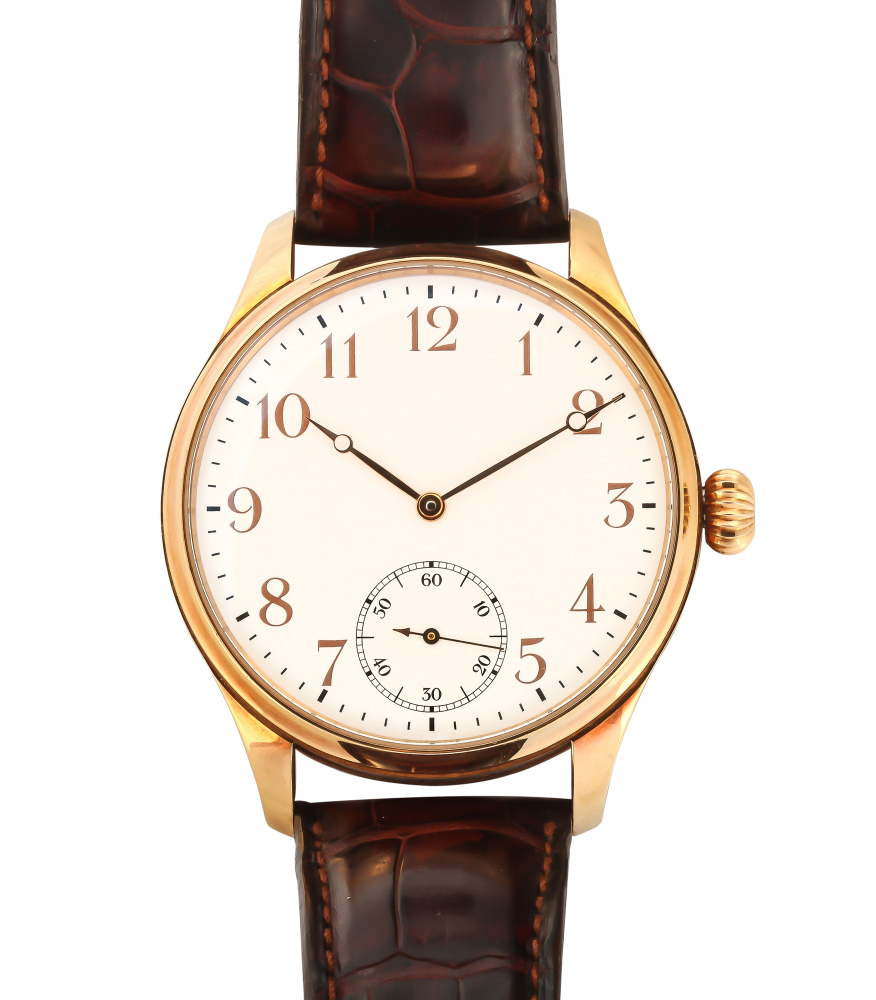Concise means using few words to convey the message clearly. Precise means exact and accurate, providing specific details without ambiguity.
TL;DR Concise Vs. Precise
Conciseness refers to saying or writing something in a clear and succinct manner, without unnecessary words or details. It allows the audience to quickly grasp the main point or message without getting bogged down by extraneous information.
Precision, focuses on accuracy and specificity. Being precise means selecting the right words and providing exact details that leave no room for ambiguity or misinterpretation.
What is Concise?
Being concise means expressing your ideas or thoughts in a clear and succinct manner. It’s about cutting out the unnecessary fluff and getting straight to the point. When you are concise, you convey your message effectively without wasting words.
Being concise allows you to trim away any excess information or verbosity that may dilute the impact of your communication. Instead of rambling on with long-winded explanations, being concise allows you to deliver your message efficiently and keep your audience engaged.
What is Precise?

Being precise means being exact, accurate, and detailed in your communication or actions. It involves providing specific and concise information without any room for ambiguity or confusion. Precision allows you to convey your message effectively and ensure that there is no room for misinterpretation.
How to achieve precision in your communication
- Use clear and specific language
- Provide relevant examples
- Double-check facts and figures
- Pay attention to grammar and punctuation
Examples of Concise and Precise
Examples of Concise
- “Be there at 3 PM.”
- “I’m running late, sorry.”
- “No pets allowed.”
- “Five apples, please.”
- “Call me later.”
Examples of Precise
- “The package weighs 3.5 kilograms.”
- “The meeting starts at 10:15 AM sharp.”
- “The temperature is 27.3 degrees Celsius.”
- “The building is 45.6 meters tall.”
- “She scored 93.5% in the exam.”
How to be Concise and Precise
Being concise and precise in communication is essential to convey information effectively and avoid misunderstandings. Here are some tips to achieve conciseness and precision:
- Know your message: Clearly understand what you want to communicate before you start.
- Eliminate unnecessary words: Remove filler words and phrases that do not add value to the message.
- Use active voice: Opt for active voice sentences as they are generally more concise and direct.
- Be specific: Provide exact details and specific information to avoid ambiguity.
- Use bullet points or lists: Organize information in a structured manner using lists when appropriate.
- Avoid repetition: Repeat information only when necessary for emphasis or clarity.
- Proofread and edit: Review your communication to remove any redundancies or unnecessary information.
- Prioritize information: Focus on the most important points and exclude less critical details.
- Practice brevity: Aim to express your message in as few words as possible without sacrificing clarity.
- Consider the audience: Tailor your communication to suit the needs and understanding of your audience.
Image Credits
Featured Image By – Rochak Shukla on Freepik
Image 1 By – wirestock on Freepik








